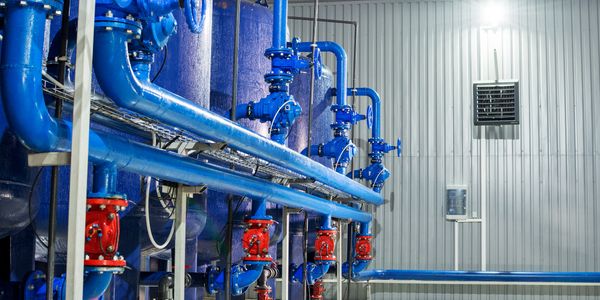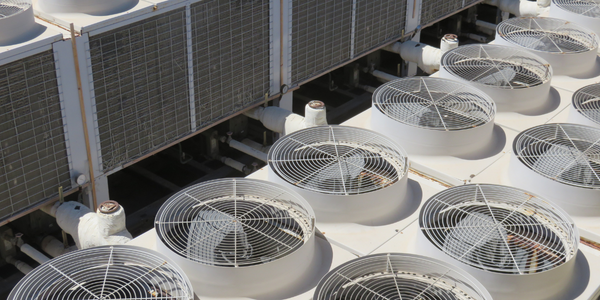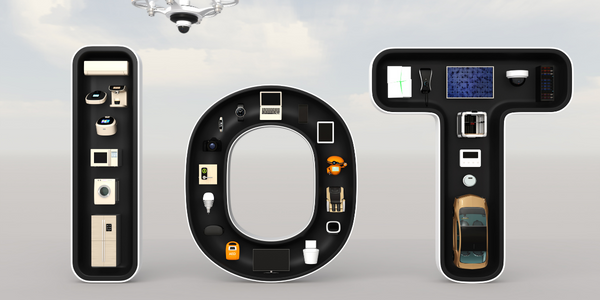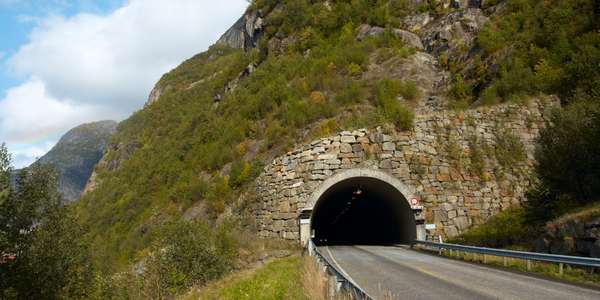Customer Company Size
Large Corporate
Region
- America
- Asia
- Europe
Country
- United States
- Japan
Product
- Qlik Sense SaaS
Tech Stack
- Qlik Sense
- SQL
- Excel
Implementation Scale
- Enterprise-wide Deployment
Impact Metrics
- Productivity Improvements
- Cost Savings
Technology Category
- Platform as a Service (PaaS) - Data Management Platforms
Applicable Industries
- Construction & Infrastructure
- Equipment & Machinery
Applicable Functions
- Sales & Marketing
- Business Operation
Use Cases
- Supply Chain Visibility
- Predictive Maintenance
Services
- Data Science Services
About The Customer
Takeuchi is a Japanese compact construction equipment company that makes and sells excavators, track loaders, and other compact construction equipment. The company has a reputation for quality and reliability and has become a pioneer in the construction industry. It built the world's first 360° full-turn compact excavator in 1971 and the first compact track loader in 1986. Takeuchi has a presence in Australia, Europe, Asia, and the UK, but its principal subsidiary is the USA. Formed in 1979 in Pendergrass, Georgia, it supplies imported Takeuchi machines to a network of over 100 dealers. With a leading share of the compact equipment market, Takeuchi US is growing but is constantly threatened by new players.
The Challenge
Takeuchi is a Japanese compact construction equipment company that has a presence in Australia, Europe, Asia, the UK, and the USA. The company is a pioneer in the construction industry, building the world's first 360° full-turn compact excavator in 1971 and the first compact track loader in 1986. Despite its leading share of the compact equipment market, Takeuchi US is constantly threatened by new players. Effective business intelligence (BI) is vital for the company to remain competitive. However, prior to 2019, there was no automated process for obtaining that data. The company relied on complex and time-consuming Excel spreadsheets and SQL reports. It could take up to two weeks for one dedicated person to assemble the mid- and year-end reviews, and additional time for those supplying the necessary data points.
The Solution
Two years ago, BI specialist Susan Dean became Director of Business Technology for Takeuchi US. A previous Qlik user, Dean was impressed with its in-memory capabilities, data integration speeds, flexibility, and intuitive nature, so she looked no further for a solution. Initially, Qlik Sense Enterprise was installed on-premise, but with the need to scale its use to dealerships, the company has now migrated to Qlik Sense SaaS. Takeuchi US currently has two Qlik apps for dealers and two for sales, along with six other targeted apps to meet specific business requirements. Qlik dashboards are constantly available to users in each of the 100+ dealer locations. Previously, sales staff had to visit up to ten internal and third-party data sources to compile the information and now all these sources are integrated into just one Qlik dashboard.
Operational Impact
Quantitative Benefit

Case Study missing?
Start adding your own!
Register with your work email and create a new case study profile for your business.
Related Case Studies.

Case Study
Smart Water Filtration Systems
Before working with Ayla Networks, Ozner was already using cloud connectivity to identify and solve water-filtration system malfunctions as well as to monitor filter cartridges for replacements.But, in June 2015, Ozner executives talked with Ayla about how the company might further improve its water systems with IoT technology. They liked what they heard from Ayla, but the executives needed to be sure that Ayla’s Agile IoT Platform provided the security and reliability Ozner required.

Case Study
IoT enabled Fleet Management with MindSphere
In view of growing competition, Gämmerler had a strong need to remain competitive via process optimization, reliability and gentle handling of printed products, even at highest press speeds. In addition, a digitalization initiative also included developing a key differentiation via data-driven services offers.

Case Study
Predictive Maintenance for Industrial Chillers
For global leaders in the industrial chiller manufacturing, reliability of the entire production process is of the utmost importance. Chillers are refrigeration systems that produce ice water to provide cooling for a process or industrial application. One of those leaders sought a way to respond to asset performance issues, even before they occur. The intelligence to guarantee maximum reliability of cooling devices is embedded (pre-alarming). A pre-alarming phase means that the cooling device still works, but symptoms may appear, telling manufacturers that a failure is likely to occur in the near future. Chillers who are not internet connected at that moment, provide little insight in this pre-alarming phase.

Case Study
Premium Appliance Producer Innovates with Internet of Everything
Sub-Zero faced the largest product launch in the company’s history:It wanted to launch 60 new products as scheduled while simultaneously opening a new “greenfield” production facility, yet still adhering to stringent quality requirements and manage issues from new supply-chain partners. A the same time, it wanted to increase staff productivity time and collaboration while reducing travel and costs.

Case Study
Integration of PLC with IoT for Bosch Rexroth
The application arises from the need to monitor and anticipate the problems of one or more machines managed by a PLC. These problems, often resulting from the accumulation over time of small discrepancies, require, when they occur, ex post technical operations maintenance.

Case Study
IoT System for Tunnel Construction
The Zenitaka Corporation ('Zenitaka') has two major business areas: its architectural business focuses on structures such as government buildings, office buildings, and commercial facilities, while its civil engineering business is targeted at structures such as tunnels, bridges and dams. Within these areas, there presented two issues that have always persisted in regard to the construction of mountain tunnels. These issues are 'improving safety" and "reducing energy consumption". Mountain tunnels construction requires a massive amount of electricity. This is because there are many kinds of electrical equipment being used day and night, including construction machinery, construction lighting, and ventilating fan. Despite this, the amount of power consumption is generally not tightly managed. In many cases, the exact amount of power consumption is only ascertained when the bill from the power company becomes available. Sometimes, corporations install demand-monitoring equipment to help curb the maximum power demanded. However, even in these cases, the devices only allow the total volume of power consumption to be ascertained, or they may issue warnings to prevent the contracted volume of power from being exceeded. In order to tackle the issue of reducing power consumption, it was first necessary to obtain an accurate breakdown of how much power was being used in each particular area. In other words, we needed to be able to visualize the amount of power being consumed. Safety, was also not being managed very rigorously. Even now, tunnel construction sites often use a 'name label' system for managing entry into the work site. Specifically, red labels with white reverse sides that bear the workers' names on both sides are displayed at the tunnel work site entrance. The workers themselves then flip the name label to the appropriate side when entering or exiting from the work site to indicate whether or not they are working inside the tunnel at any given time. If a worker forgets to flip his or her name label when entering or exiting from the tunnel, management cannot be performed effectively. In order to tackle the challenges mentioned above, Zenitaka decided to build a system that could improve the safety of tunnel construction as well as reduce the amount of power consumed. In other words, this new system would facilitate a clear picture of which workers were working in each location at the mountain tunnel construction site, as well as which processes were being carried out at those respective locations at any given time. The system would maintain the safety of all workers while also carefully controlling the electrical equipment to reduce unnecessary power consumption. Having decided on the concept, our next concern was whether there existed any kind of robust hardware that would not break down at the construction work site, that could move freely in response to changes in the working environment, and that could accurately detect workers and vehicles using radio frequency identification (RFID). Given that this system would involve many components that were new to Zenitaka, we decided to enlist the cooperation of E.I.Sol Co., Ltd. ('E.I.Sol') as our joint development partner, as they had provided us with a highly practical proposal.







